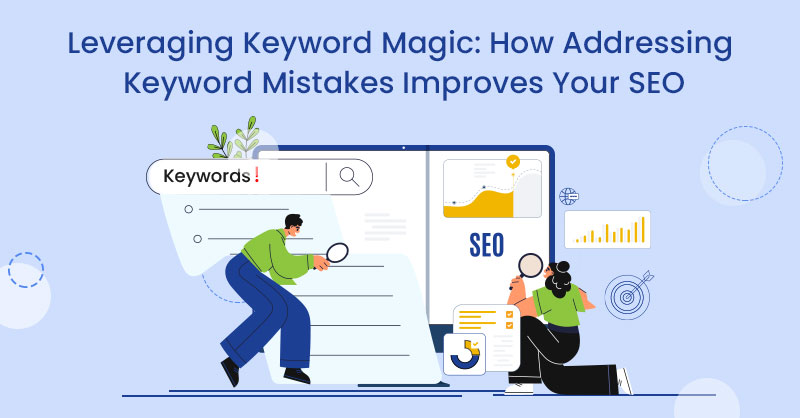At TechWyse, we receive a large influx of guest blog inquiries.
Off-page SEO relies on a strong backlink strategy. But, thanks to Google’s Panda algorithm, black-hat tricks for guest blogging won’t get you anywhere.
So, what do you do? You need to reach out to dozens of publishers, likely every day, with valuable content. And sending email after email can be taxing.
The solution is to create a strong email template that you can customize based on the publication and piece of content.
Before I dive into some key ingredients of a powerful outreach template, I’d like to outline a few common issues to avoid, based on the influx of emails we receive:
- The blank template: More often than you would believe, we receive emails that go something like this: “Hello [Insert website name here].” This one might sound obvious, but those emails are automatically archived. Make sure to fill in the blanks.
- The incorrect name: Outreach inquiries often spell our website name wrong -- another archive-able offense. I also wouldn’t start your email with gendered language. You never know who could be on the other end of your email.
- The riddled-with-spelling-errors: It's crucial to proofread any email before sending. This is the first impression a publication has of your writing abilities. If your email doesn't read well, the publisher likely won't be confident in your ability to write a full article.
Crafting Your Template
In the world of freelance journalism, there are some general guidelines to follow when pitching story ideas to various publications. I think these guidlines are transferable to outreach emails for marketing purposes. However, make sure to adhere to any pitching guidelines posted on the publication's website.
Your guest blog inquiry should be divided into 4 sections: Introduction, credibility, pitch, conclusion.
The Introduction
Keep your introduction simple. “Good afternoon,” “Hello,” “Hi there,” and other simple, casual openers will do the trick. And keep your email subject line transparent – “Guest Blog Inquiry” or “Guest Blog Pitch” makes it clear what you’re offering. Emails will kitschy subject lines or openers can seem unprofessional.
Establish Credibility
Publications want to offer value to their readers. It’s important to take one or two lines to explain who you are and what your expertise can offer readers. For example: “My name is X, and I am a freelance SEO consultant to small and medium sized businesses in Toronto.”
The Pitch
This is the most important part of your email. Do your research on the publication to get an idea of the type of posts they typically publish. Submit 1 to 3 ideas for articles, and include your intended word count and due date. For example, “I’d like to pitch a 1000 word blog post about the top 5 traffic-generating blogging tactics. I can have this article completed a week from the date of your approval.”
Conclusion
As with your introduction, keep the conclusion nice and simple. You can explain why you think your expertise would be beneficial to this publication's readers, and sign off with a simple “Thank you.” For example: “I think this article would offer a wealth of important information to your readers. Please let me know if you have any questions about this pitch. Thank you.”
This last piece of advice is critical: Follow up on your email in no less than a week. We often have guest bloggers follow up with us every three days after they've submitted a pitch. It's important for publications to build genuine relationships with quality authors in order to improve their overall SEO, and emailing every other day about your submission doesn't bode well for professionalism.
Combining these tactics will ensure you get a more positive response from professional, reputable, and high-ranking publications – meaning you’ll gain more high quality backlinks.






